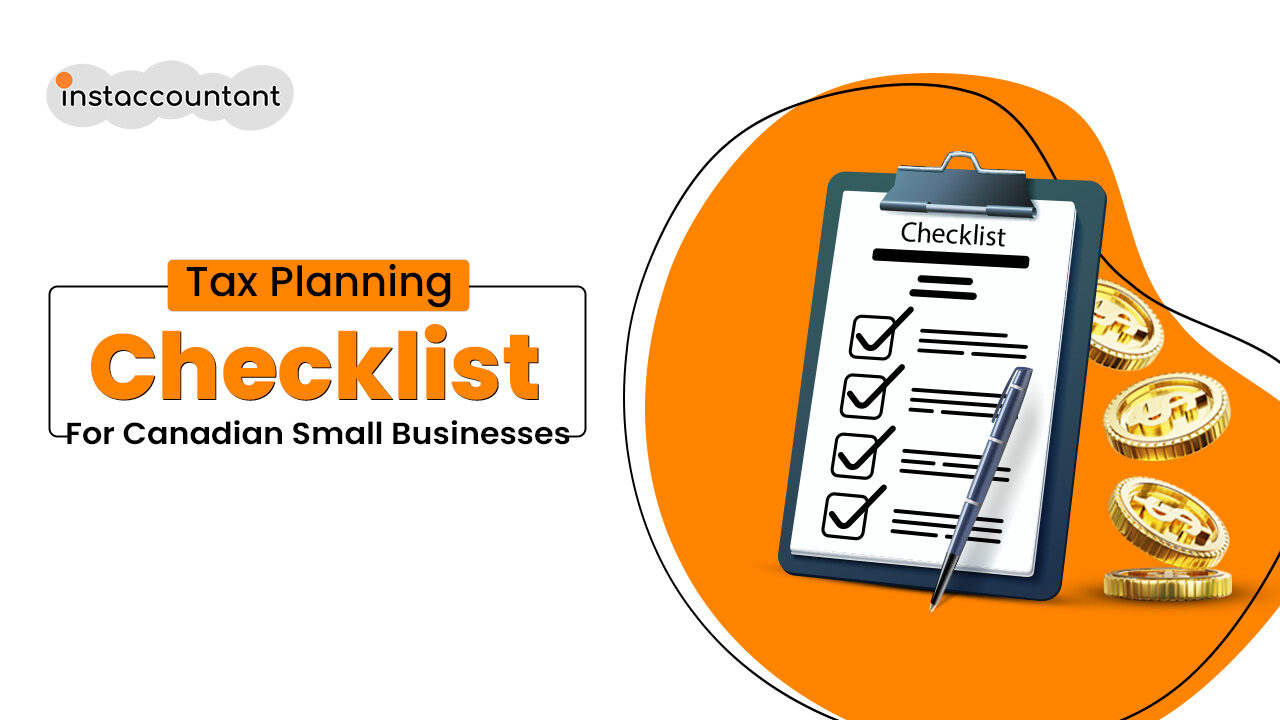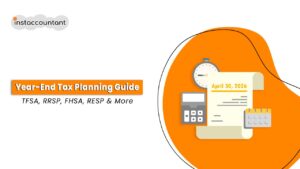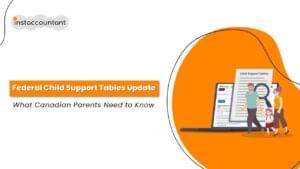As an accountant specializing in small business taxes, I understand the importance of year-end tax planning. It’s a crucial time for entrepreneurs and small business owners like you to review your finances and take advantage of any available tax-saving opportunities.
In this blog, I will guide you through the process of year-end tax planning and provide you with some helpful strategies to maximize your deductions and reduce your tax liability. Let’s dive in!
Review Your Business Structure
Before implementing specific tax strategies, it’s essential to evaluate your business structure. Are you operating as a sole proprietorship, partnership, or corporation? Each structure has different tax implications, and understanding these can significantly impact your tax planning.
- Sole Proprietorship: This is the simplest form of business structure in Canada, where personal and business finances are intertwined. While it offers flexibility, it lacks liability protection and the potential tax benefits of other structures.
- Partnership: If you co-own your business, a partnership may be suitable. Partnerships share responsibilities and tax obligations, but a clear partnership agreement is vital to define roles and profit-sharing arrangements.
- Incorporation: Incorporating your business provides limited liability protection for shareholders and may qualify you for the Small Business Deduction (SBD), reducing the federal corporate tax rate on active business income. However, it comes with additional administrative and reporting requirements.
As an experienced tax professional, I can help you determine which structure is right for your small business.
As an experienced tax professional, I can help you determine which structure is right for your small business.
Evaluate Your Business Income and Expenses
Next, closely examine your income and expenses for the year. This step will help identify potential deductions and opportunities to reduce your taxable income.
- Timing of Income: If you anticipate lower income in the upcoming year, consider delaying invoicing clients until the new year. This deferral can help reduce your tax liability for the current year. Conversely, if you expect higher income next year, accelerating income into the current year may be beneficial.
- Business Expenses: Review your expenses and identify opportunities to optimize deductions. Consider making necessary business purchases before year-end to ensure they count as deductible expenses for the current tax year. This could include office supplies, equipment, or software.
Make sure to gather all relevant financial documents, such as income statements, expense records, and bank statements.
Maximize Small Business Deductions in Canada
Small Business Deduction (SBD): The Small Business Deduction (SBD) is a valuable tax break available to Canadian small businesses. It allows you to reduce your federal and provincial taxes on active business income. To qualify for the SBD, your annual taxable income should not exceed the threshold set by the Canada Revenue Agency. Make sure you track and report your income accurately to benefit from this deduction.
Home Office Expenses: If you operate your business from a home office or use a portion of your home exclusively for business purposes, you may be eligible to claim home office expenses. These expenses may include a portion of your rent or mortgage interest, utilities, and maintenance. Keep detailed records of your home office expenses to support your claim.
Employee Benefits: Providing employee benefits can be an effective tax planning strategy. Contributions to a registered pension plan, group insurance premiums, and other employee benefits include health and dental plans are generally tax-deductible. Consult with your accountant to ensure you’re taking full advantage of these deductions.
Research and Development (R&D) Tax Credits: If your business engages in scientific research and experimental development activities, you may qualify for the SR&ED tax credit. This program allows for generous tax credits or deductions related to eligible R&D expenses. Review your business activities and consider consulting with a tax professional to determine if you can take advantage of this tax incentive.
Maximize Small Business Tax Savings in Canada
RRSP Contributions: Make contributions to your Registered Retirement Savings Plan (RRSP) before the year-end deadline. By doing so, you can deduct these contributions from your income, reducing your taxable income and potentially lowering your tax liability. This can result in significant tax savings.
Dividend Planning: If you own a corporation in Canada and receive dividends from it, planning the timing of dividend payments can help reduce your overall tax liability. Dividends received at the right time and in the right amount can help equalize income between family members, result in lower tax brackets or take advantage of dividend tax credits.
Debt Repayment: Prioritize paying off any outstanding business debts before the end of the tax year. Not only can this help you reduce interest expenses, but you may also be eligible to claim deductions on related interest payments. Utilizing this strategy maximizes your tax savings and helps improve your financial position.
Payroll and Bonuses: If you plan to give bonuses or increase employee salaries, consider deferring them until the new year. By doing so, you can defer the associated tax liability to the following tax year. This strategy allows you to manage your taxable income effectively and potentially lower your overall tax obligation.
Final Thoughts
Year-end tax planning is a vital process for small business owners. By staying proactive and informed, you can navigate the complexities of the Canadian tax system with confidence and secure the best possible outcome for your business. Remember, it’s always a good idea to consult with a qualified tax professional or accountant to ensure you’re taking advantage of all available tax credits and deductions tailored to your unique business situation. Happy savings, and here’s to a prosperous 2025!




